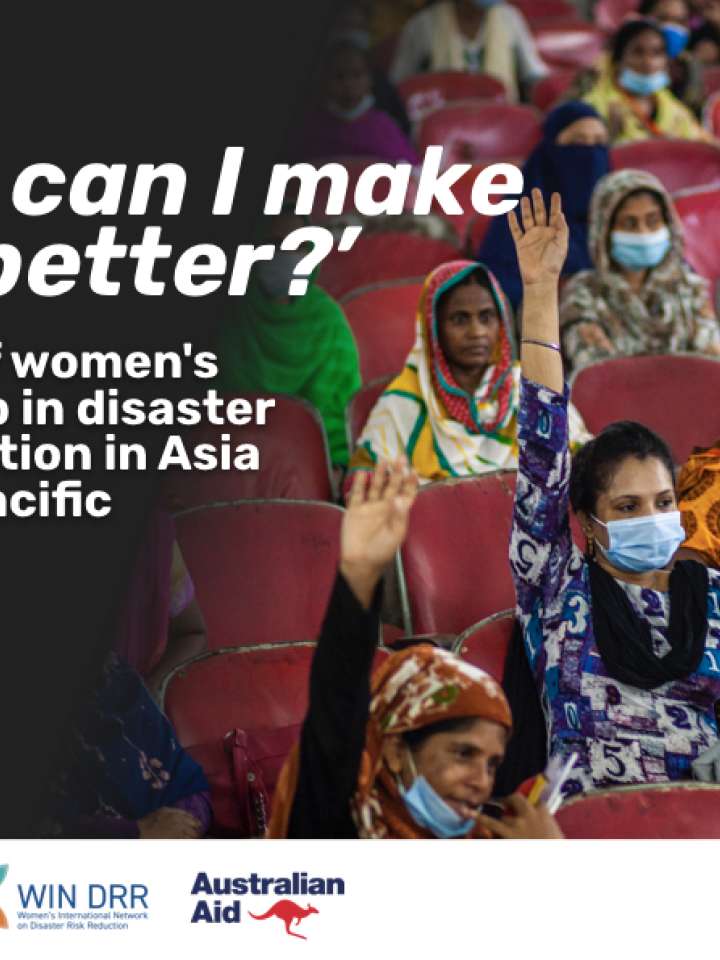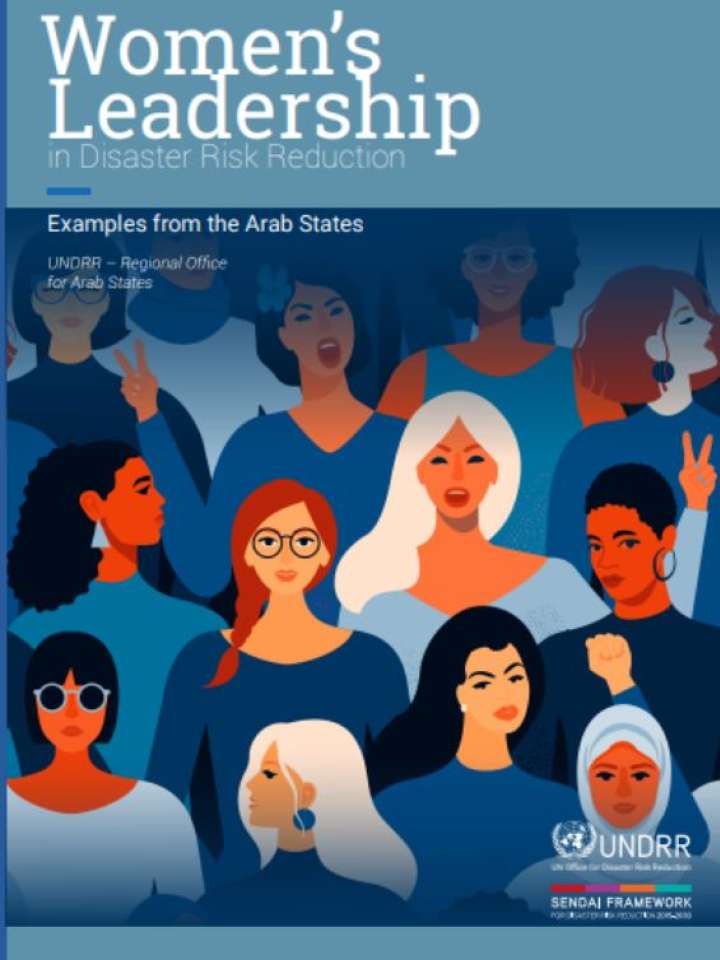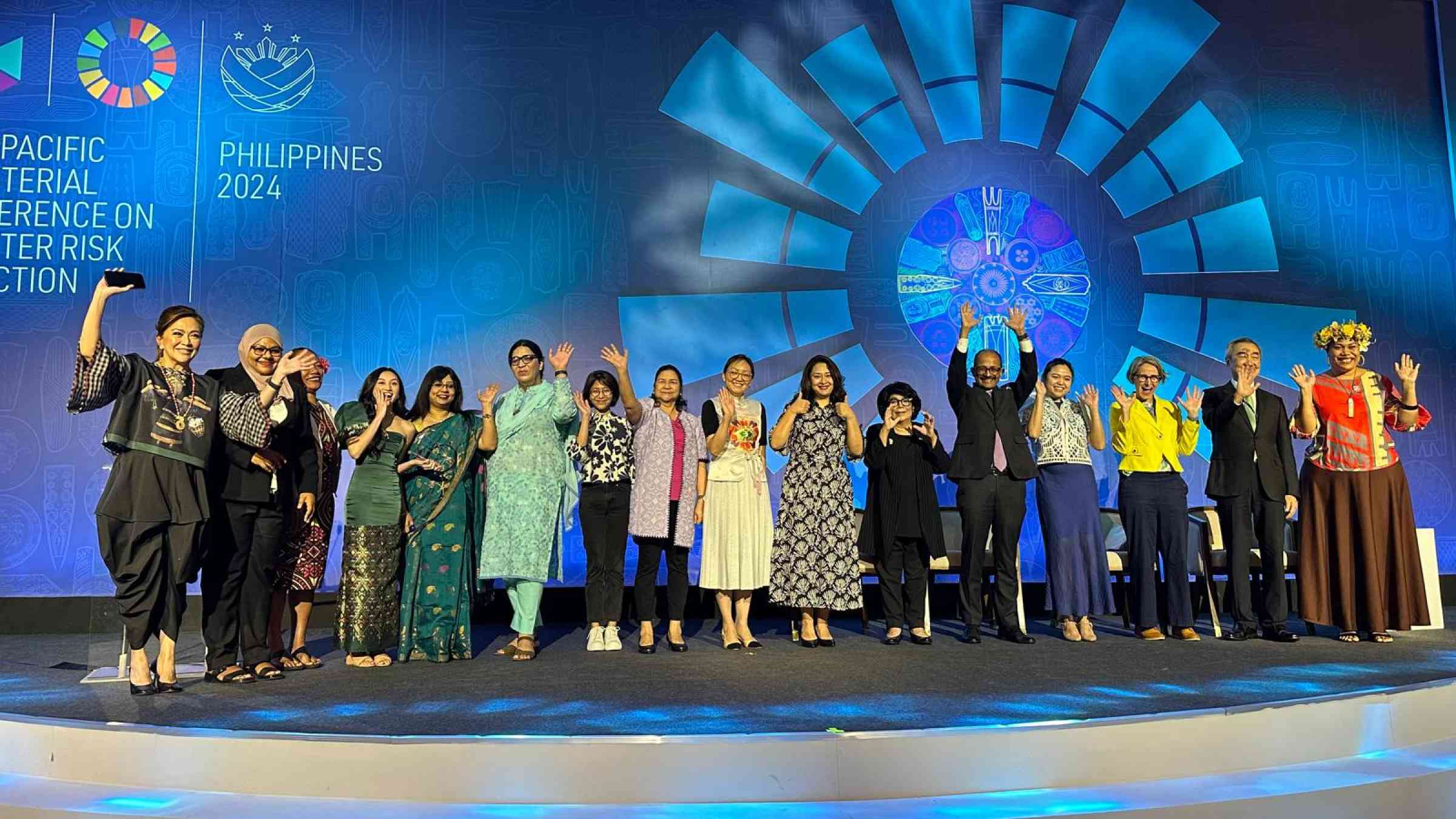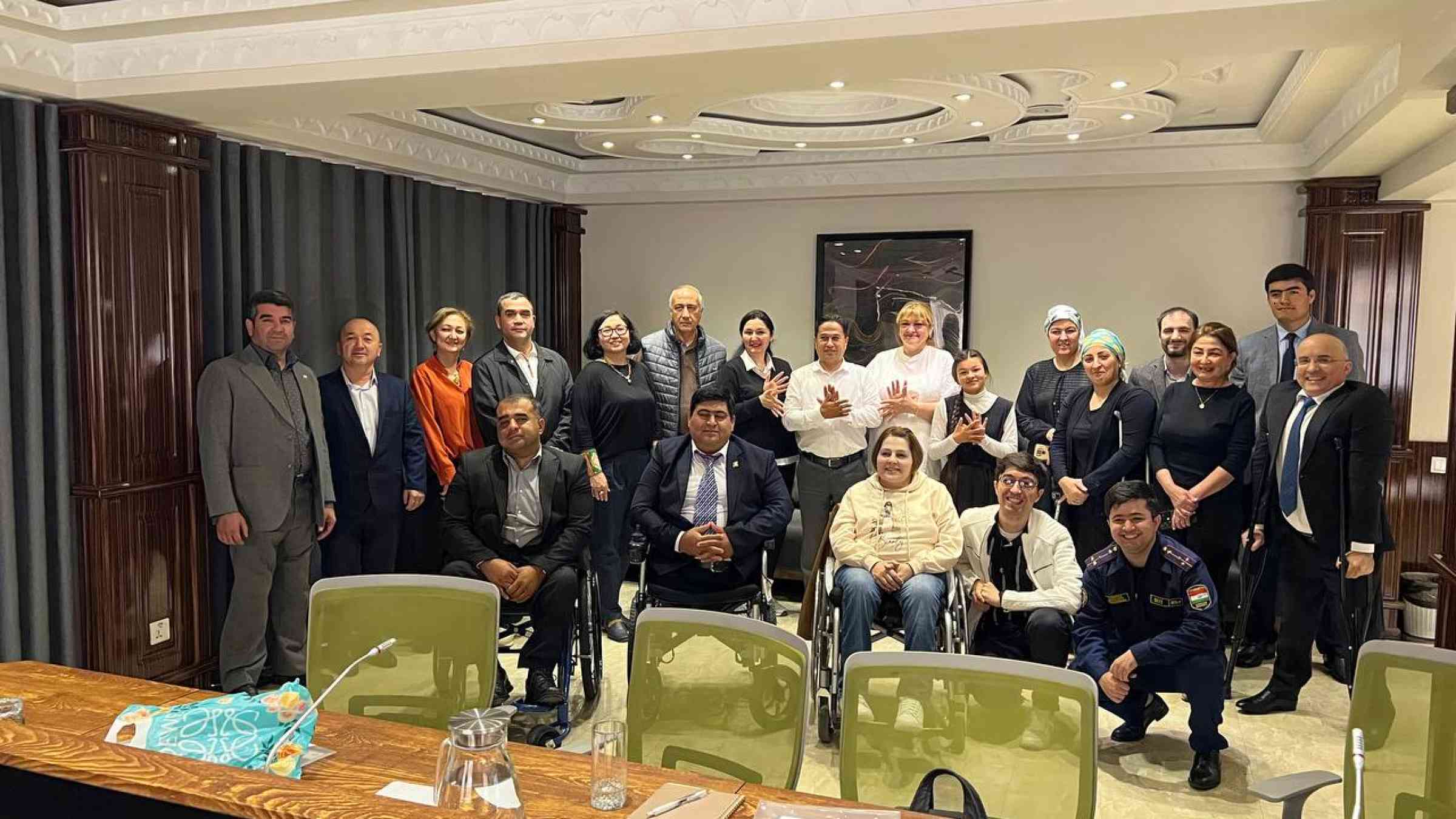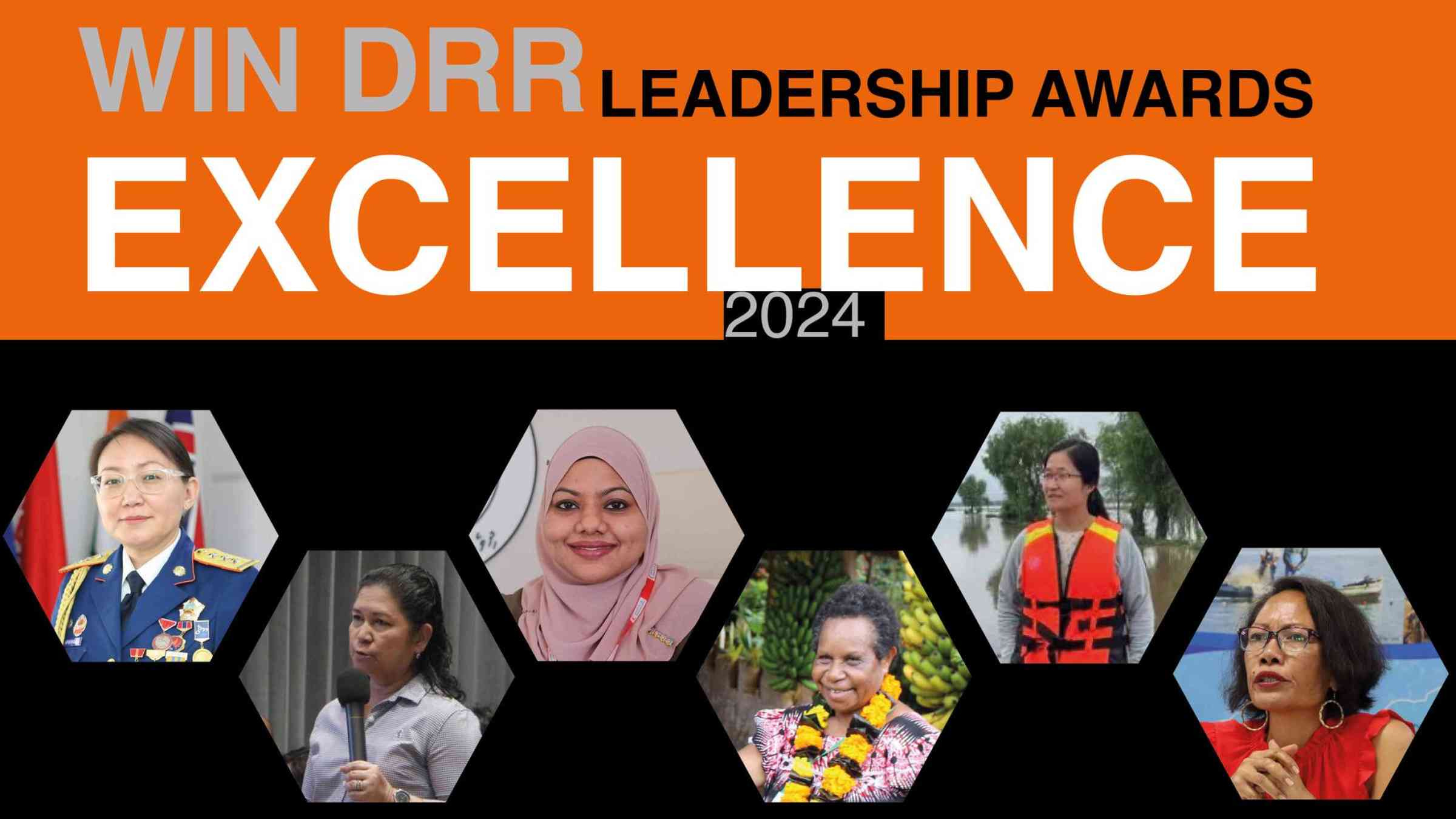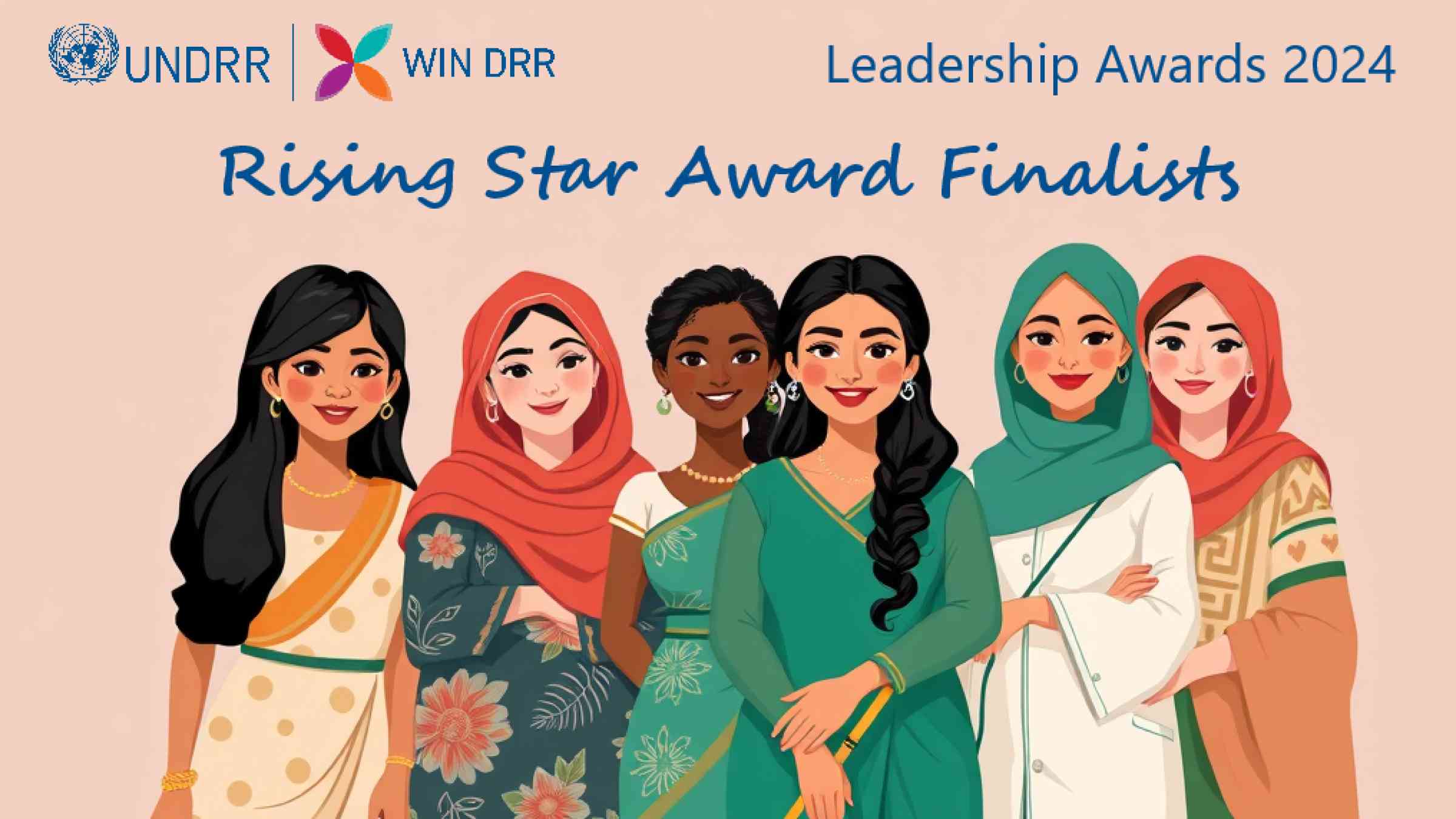Women's Leadership and Women’s International Network on Disaster Risk Reduction (WIN DRR)
Women’s participation in decision-making is enshrined in international human rights frameworks, including the Convention on the Elimination of all forms of Discrimination Against Women, yet there is still great disparity in the number of women playing a leadership role in disaster risk management.
Gender discrimination limits the control that women and girls have over decisions that govern their lives, as well as their access to resources and opportunities. This heightens their exposure to risk, which often results in women and girls experiencing higher mortality, morbidity and loss of livelihoods during disasters. Disasters exacerbate pre-existing gender inequalities and compound intersecting forms of discrimination against, for example, women living with disabilities, women living in poverty, and women with diverse gender identities and sexual orientations. Yet the vulnerability and exposure of women and girls to disaster risk is economically, socially and culturally constructed and can be reduced.
Women make up less than a quarter of national-level committees established to respond to COVID-19
Source: (CARE, 2020)
Countries led by women have been more successful in reducing COVID-19 transmission and have suffered six times fewer confirmed death from COVID-19 as countries with governments led by men
Source: (Social Europe, 2020)
Data from 133 countries shows that women constitute 2.18 million (36 per cent) of elected members in local deliberative bodies. Only two countries have reached 50 per cent
Source: (United Nations Statistics Division, 2020)
Well-designed disaster risk reduction initiatives that provide for women’s full and effective participation can advance gender equality and women’s empowerment, while achieving sustainable development and disaster risk reduction objectives.
The Sendai Framework for Disaster Risk Reduction outlines the inclusive, all-of-society approach that must be taken to reduce disaster risk. It acknowledges both the specific vulnerabilities that women face in disasters, due to pervasive gender inequality that exists across all societies, while recognizing the indispensable role of women in risk reduction efforts. The Sendai Framework emphasizes that a gender equitable and universally accessible approach is key, and it calls for the mobilization of women’s leadership in building resilience.
Resources and updates


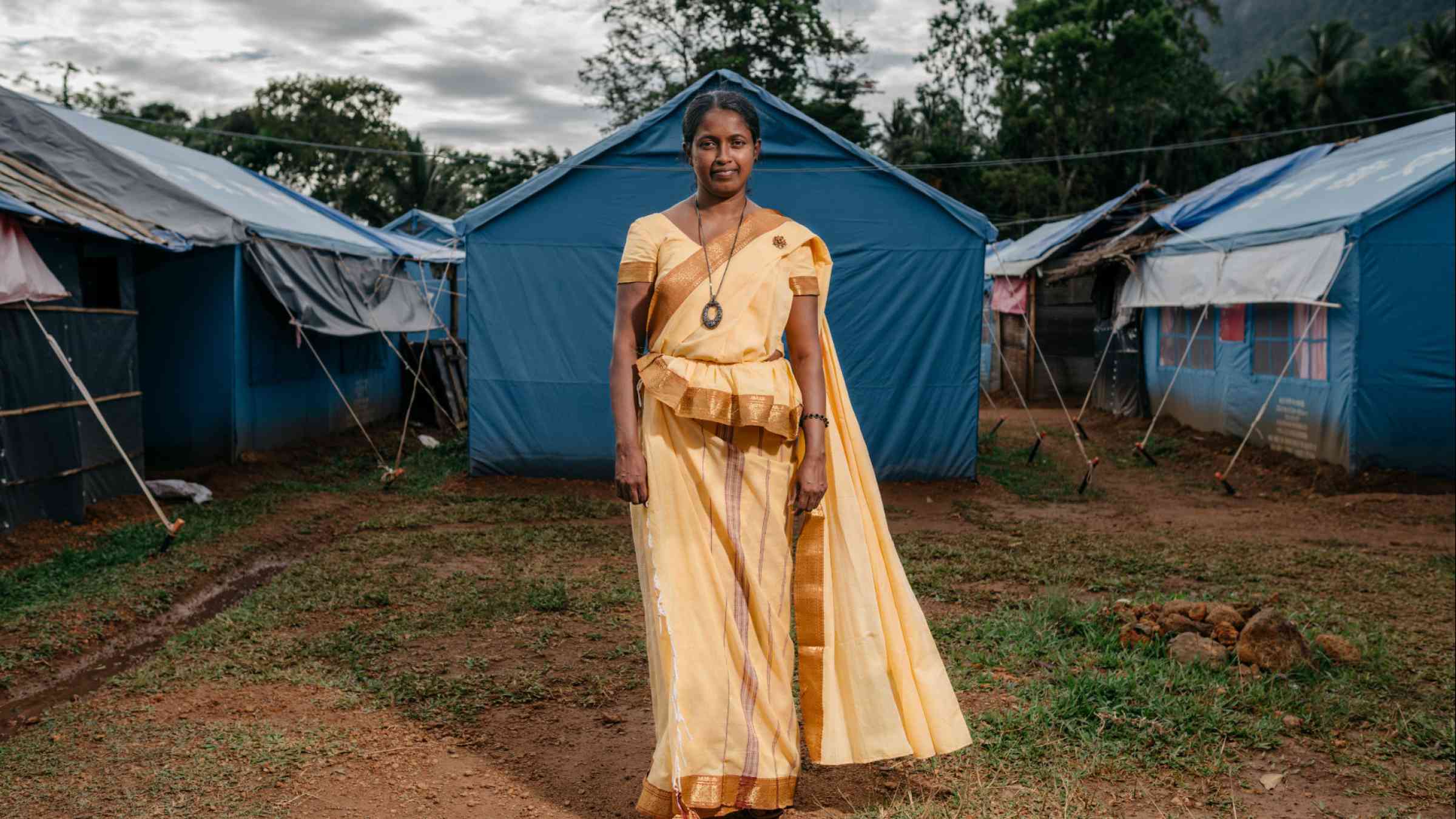
Women’s International Network on Disaster Risk Reduction (WIN DRR)
UNDRR is committed to supporting women’s leadership in disaster risk reduction, including through the flagship Women’s International Network on Disaster Risk Reduction (WIN DRR). We know that diversity in leadership improves organizational performance, and women’s leadership can help ensure more effective, inclusive and gender-responsive disaster risk reduction.
Join the Women's International Network for DRR
WIN DRR updates



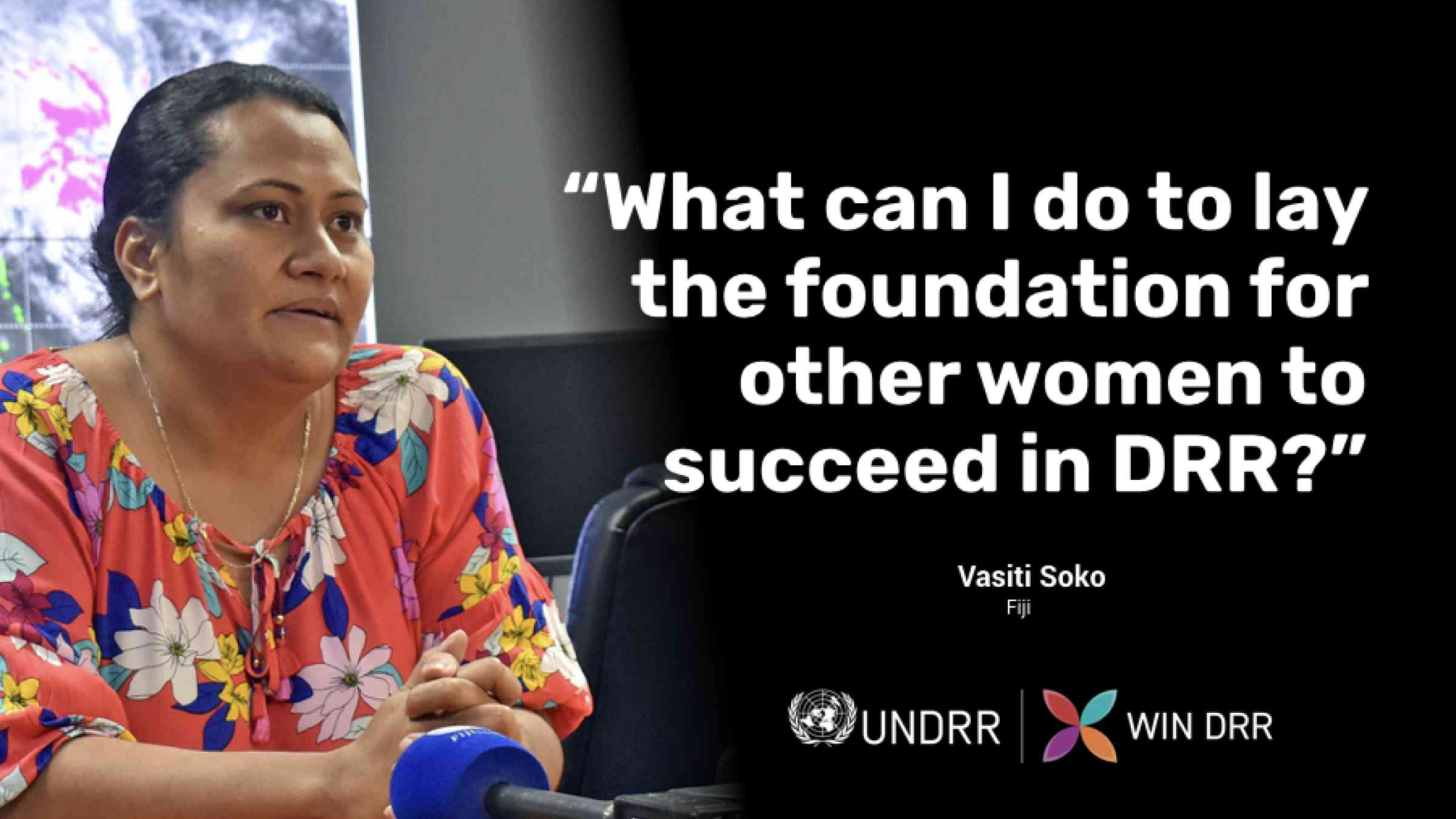

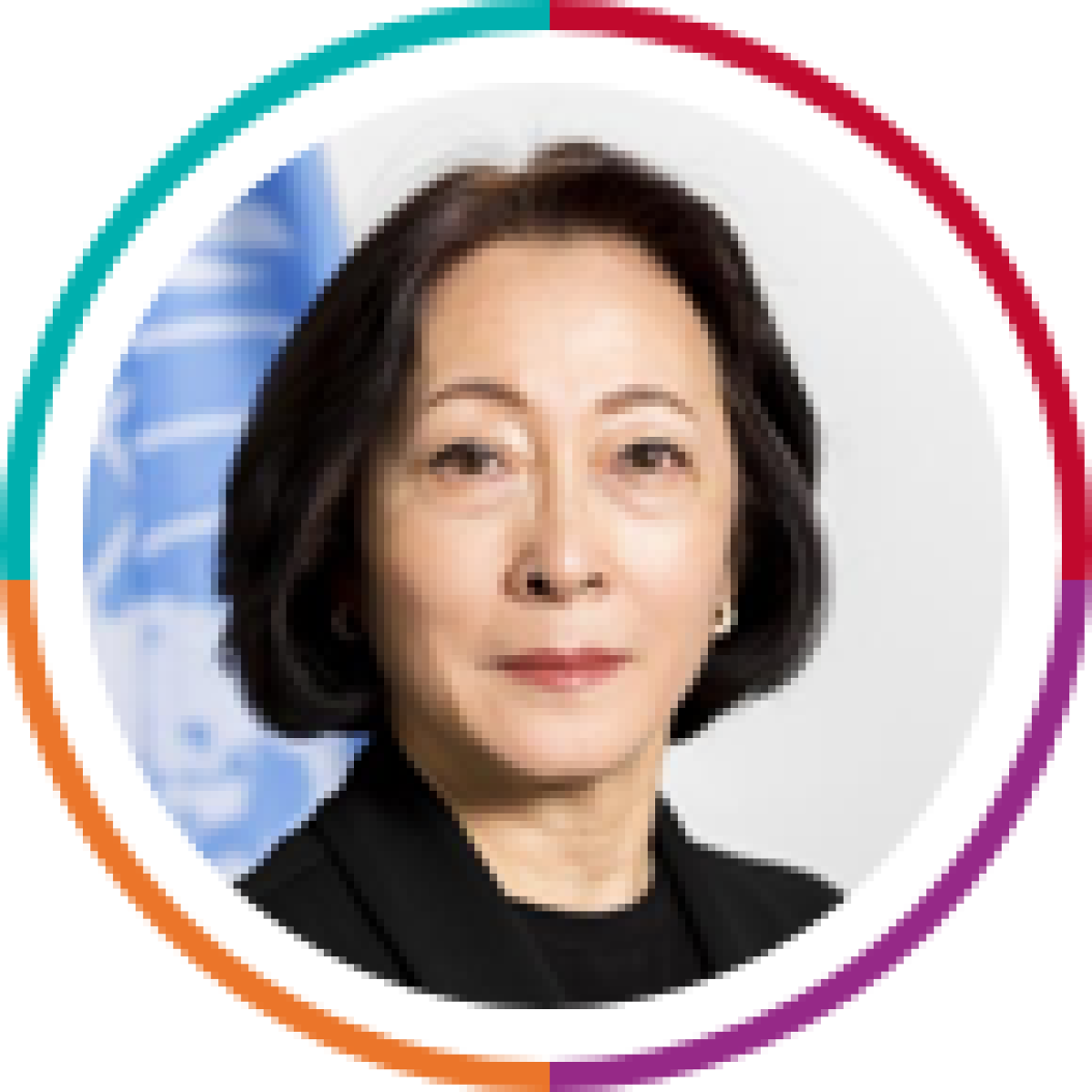
Leadership is about being able to look at what is happening around you and
think, 'How can I make this better?'
Mami Mizutori, Special Representative of the Secretary-General for Disaster Risk Reduction and Head of UNDRR
Latest gender news and updates
Learn more about the role of gender on disaster impacts.



